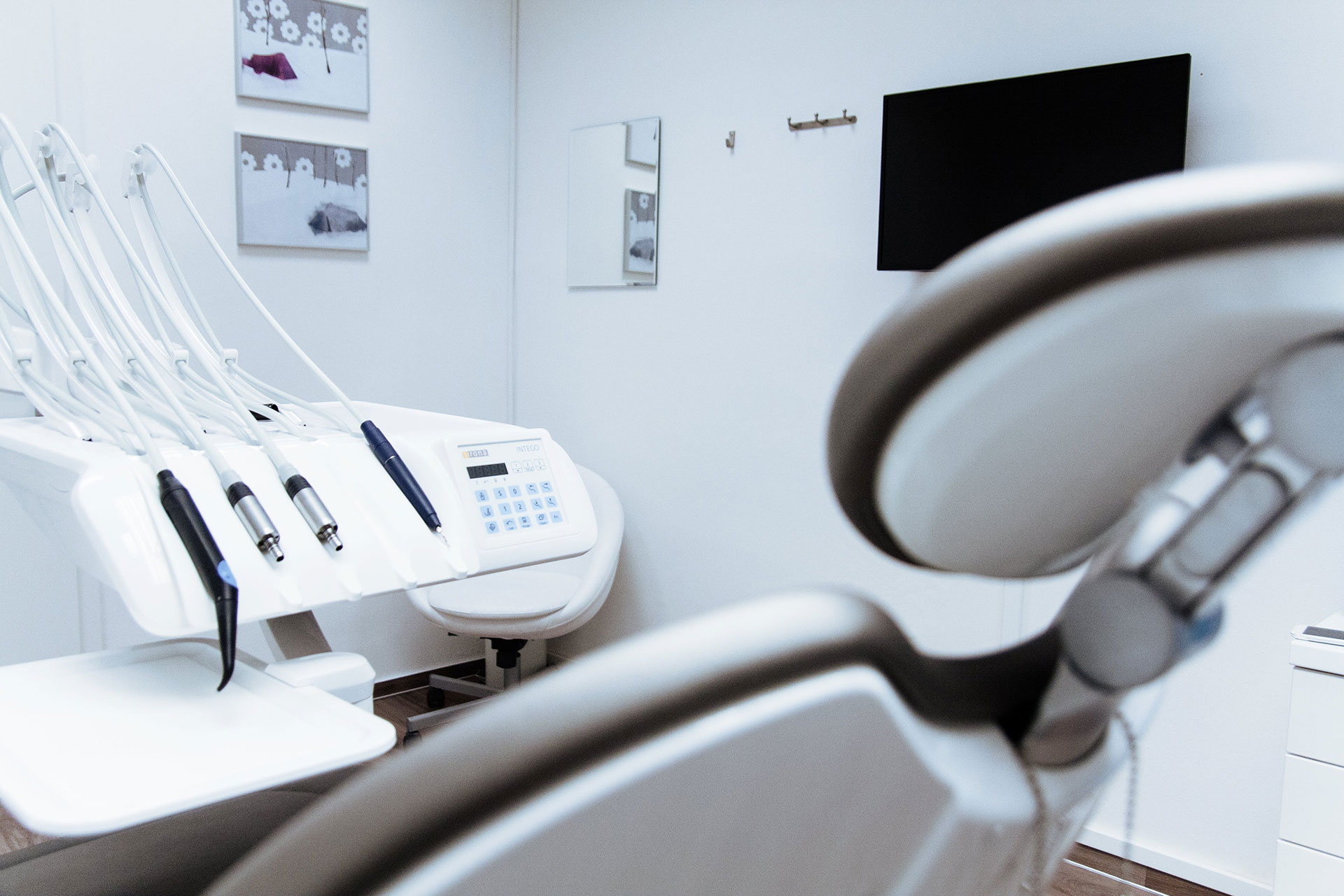As we approach late spring and early summer, the global vaccine rollout continues, and the economy has started the slow recovery process. With COVID-19 cases declining, lockdowns ending, and restrictions lifting, the commercial real estate (CRE) industry is looking ahead with relief and optimism.
There’s no doubt that the global pandemic upended the world’s “normal.” How — and where — we work, shop, and live has changed dramatically. We’ve seen major shifts across all industries, including — or perhaps especially — the hospitality, industrial, and retail sectors.
Hospitality
The pandemic hit this industry particularly hard. According to some studies, it could take until 2023 for the hotel sector, in particular, to reach pre-COVID-19 levels. One scenario suggests the RevPAR (revenue per available room) of luxury hotels will be slowest to return. Those hotels will need occupancy rates at 1.5 times higher than economy hotels. Because economy-level hotels have lower operating expenses and greater demand, experts predict they’ll recover faster.
In the week ending May 29, 2021 according to STR’s data, U.S. hotels hit their highest occupancy in a year:
- 61.8% occupancy — 4.2% lower than 2020
- $122.06 average daily rate (ADR) — 1.6% lower than 2020
- $75.42 RevPAR — 5.7% lower than 2020
STR notes that the Saturday prior to Memorial Day’s 83% occupancy level was the U.S.’s highest since October 2019 — and weekly ADR and RevPAR levels hit pandemic-era highs, too. Rates may continue to improve as we head into summer months; however, continued slow domestic and international business travel will likely hinder the market’s ability to quickly make up for lost ground in 2020.
Industrial
In this sector, rent growth for warehouse spaces outpaced cold storage warehouses just prior to the pandemic’s shift and subsequent increase in record levels of ecommerce. Cold storage (used for storing fresh and perishable produce) rent growth had been rising well before 2020, averaging about $10 per square foot. Now, the number has increased to as much as $30 per square foot.
This sector saw production drop nearly 5% as of February 2021 compared to February 2020. The Institute of Supply Management predicts manufacturing growth will continue trending upward through 2021. The biggest challenge manufacturing currently faces is labor. Production is struggling to meet demand, resulting in longer lead times and greater backlogs. But the ISM manufacturing index hit 64.7% in March — the best level in 38 years.
Retail
The initial shut-down prohibiting nonessential in-person shopping delivered a staggering blow to the retail sector. However, it didn’t take long for consumers to transition to online options for the bulk of their shopping needs. Retail’s ecommerce share has gradually — and steadily — risen since the late 1990s and early 2000s, hitting 11.4% in Q1 2020. Shares exploded to 16.1% in Q2 and dropped a bit to 14% through Q4 as stores began opening doors and people felt more comfortable shopping once again in person.
In 2019, online shopping reached $3.5 trillion. In 2021, the number of global consumers purchasing goods and services online is expected to number more than 2.14 billion — up from 1.66 billion online shoppers in 2016.
There’s no closing the door on ecommerce. In 1Q 2021, ecommerce shares hit 13.6% (up 2.2% from last year’s 1Q), with U.S. 1Q 2021 retail ecommerce sales topping $215 billion. A recent survey found 76% value convenience afforded by online shopping now more than they did pre-COVID-19. A whopping 90% say they spend more when brands offer flexible payment options.
Poised for Growth on the Road to Recovery
A successful economic recovery in 2021 and beyond relies on several factors. A KPMG study conducted in February/March 2021 found that nearly 50% of global CEOs don’t expect a return to normal until 2022. Other key findings of this report include:
- 61% want to see at least 50% of the population vaccinated before they consider a full return to the office
- 21% plan to implement additional precautionary measures, including asking for vaccination statuses of clients, employees, and others
- 17% plan to downsize their office footprint — a significant drop from the 69% surveyed in August 2020, who were considering reducing office space over three years
- 21% expect to hire fully remote employees — another large decrease from the 73% last year who anticipated hiring a greater number of virtual workers
- Most of the CEOs identified cybersecurity — ahead of regulatory, supply chain, and tax concerns — as the top worry potentially impacting operations and growth
While some sectors will continue to struggle after the pandemic ends, others will thrive. The industrial sector, for example, has already begun to see recovery within its warehouses that support ecommerce and cold storage, big box retail — like Walmart and Target, and office space, especially in the suburbs.
The retail sector may struggle to find its footing even as the pandemic ebbs. Shopping malls stood nearly vacant well before COVID-19 arrived last year, and many well-known brands shuttered or filed for bankruptcy in 2020. However, as restrictions relax, consumers will continue heading back into the stores. And many brands have already pivoted to embrace the ecommerce trend as they reorganize and strategize how best to grow their customer bases.
Checking the Pulse of Small Businesses – Like CRE
The Census Bureau’s Small Business Pulse Survey (SBPS) measured COVID-19’s impact on small businesses. Within the CRE sector, the industry felt the pandemic’s effects earlier than many industries. But CRE businesses that focused on strategies to move more nimbly through each recovery phase and adapt processes and operations to align with the “next normal” should thrive.
Catalysts driving future growth include a willingness to embrace the digital revolution. New technology will allow CRE leaders to:
- Keep all leasing and tenant data centralized, updated, and accessible anywhere
- Offer premium content for prospects, including 100% virtual tours offering a rich online experience
- Analyze and understand market conditions in real-time and adjust strategies quickly
Regardless of your role in CRE, the work to achieve growth in 2021 and beyond will take planning, strategy, and flexibility. If you’re curious about how partnerships between other CRE professionals works, visit CREA United. This organization offers an organic approach to networking among a range of sectors including construction, corporate, dentistry, industrial, medical & healthcare, multifamily group, office, and retail.

